This review is taken from PN Review 146, Volume 28 Number 6, July - August 2002.
on James Fenton
James Fenton, An Introduction to English Poetry (Penguin)
The prospective reader should be warned that this is not an introduction to English poetry in the sense of an historical guide, but rather an introduction to the making of English poetry. In other words (perhaps too unfashionable to use today) it is a beginner's guide to prosody for anyone who wishes to understand and write poetry. As such it tries to be open and accessible to all, be they sixth-former in Surbiton, twelfthgrader in a Gothic Idaho, or even a street rapper or breakdancer. That it will also help the uninitiated to read English poetry is an equally desirable aim, but the value of the instruments used to achieve this is less easy to gauge. Certainly, the explanation that a sonnet is in origin a two-part song takes the reader some way to understanding that famous literary artifact of fourteen lines, but its relevance to understanding any particular effect or response is less easily determined. Nevertheless, in twentytwo short and often commendably sensible chapters, with titles such as 'The Sense of Form', 'The Mysteries of the Trochee', even 'The Genius of the Trochee', Fenton does his best to expound his points succinctly for a modern audience who may never have been introduced to the rhythms of iambic pentameter, let alone the syncopation of trochaic substitution.
Not only is metre covered in all its usual forms - Fenton rightly eschewing the more esoteric and barely trodden feet of molossus and galliambics - but line length, stanza forms ...
The page you have requested is restricted to subscribers only. Please enter your username and password and click on 'Continue':
If you have forgotten your username and password, please enter the email address you used when you joined. Your login details will then be emailed to the address specified.
If you are not a subscriber and would like to enjoy the 292 issues containing over 11,700 poems, articles, reports, interviews and reviews,
why not subscribe to the website today?
